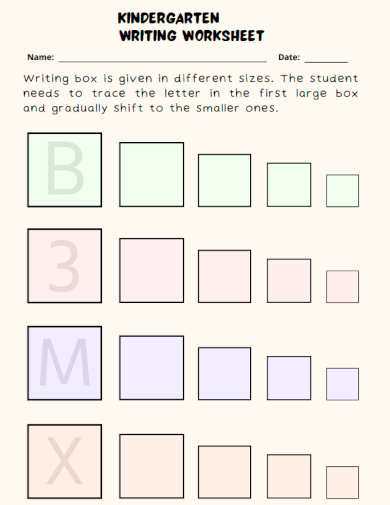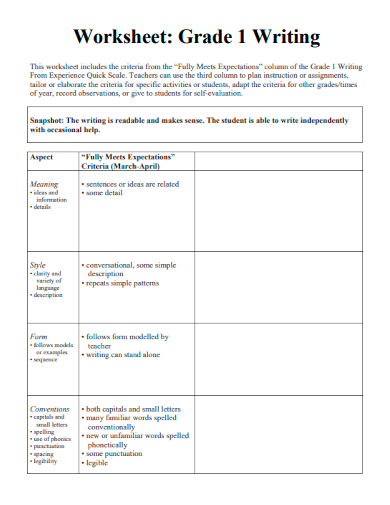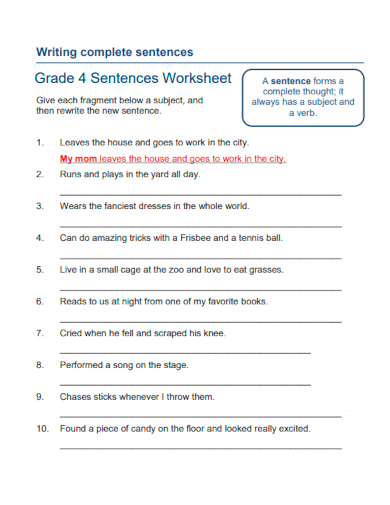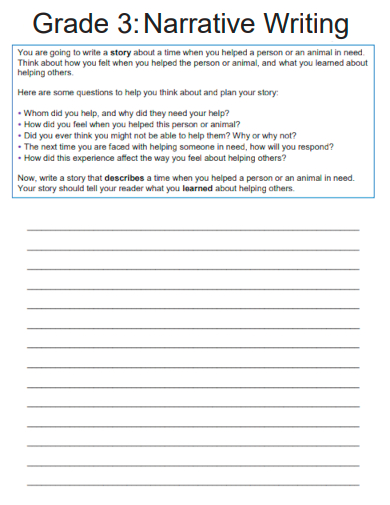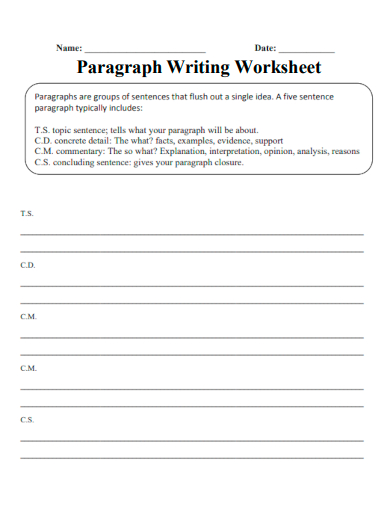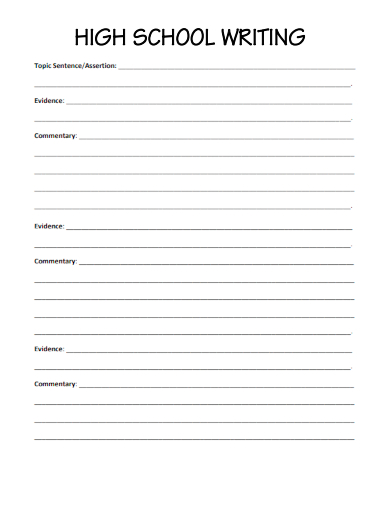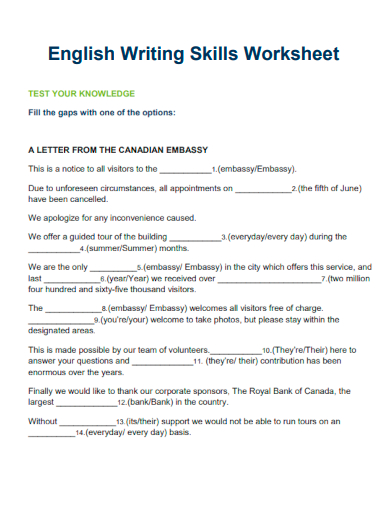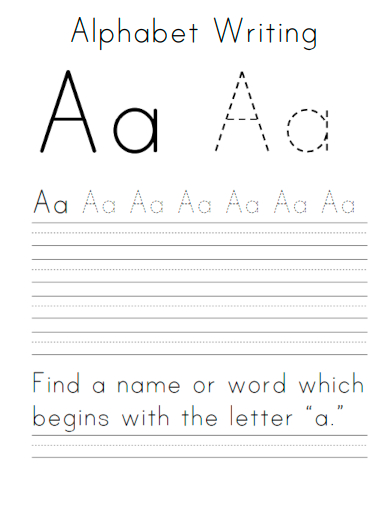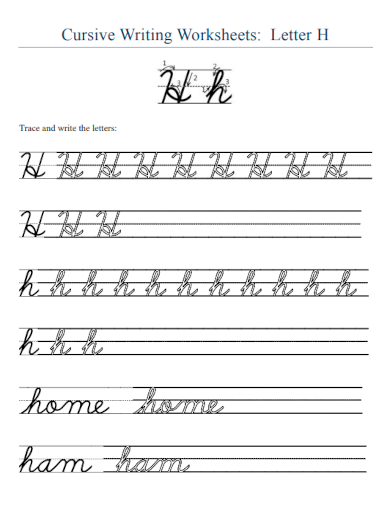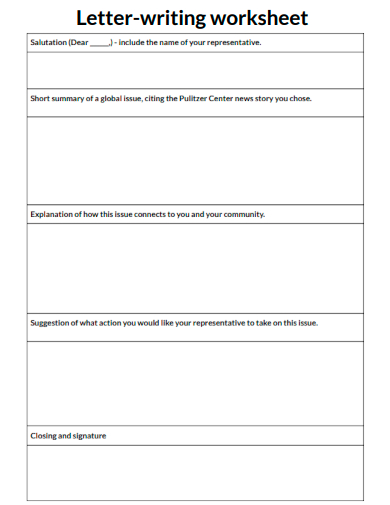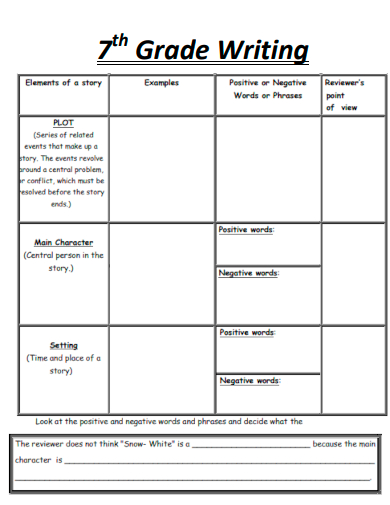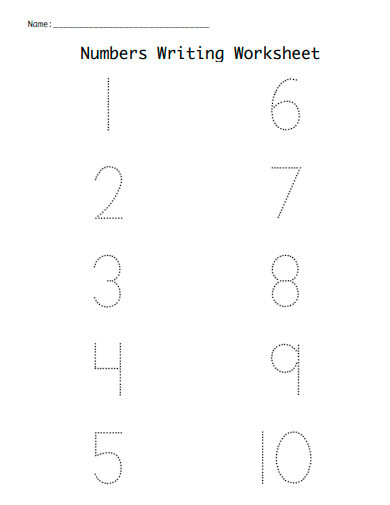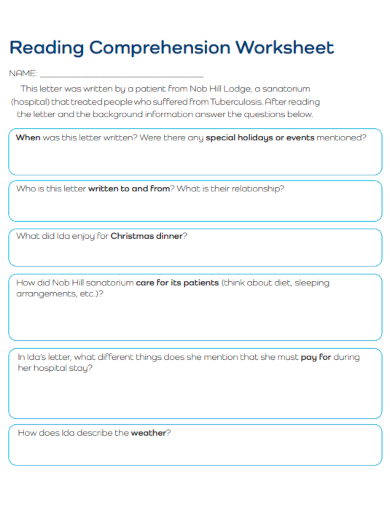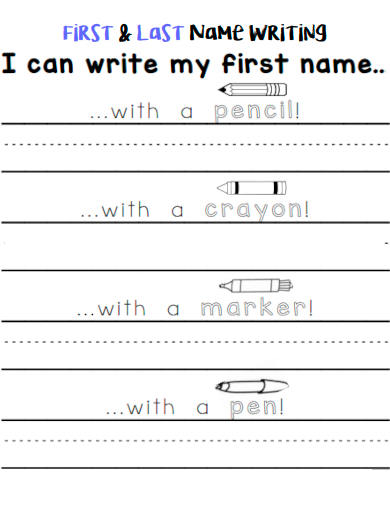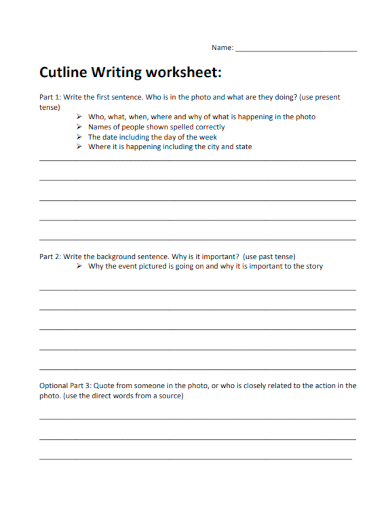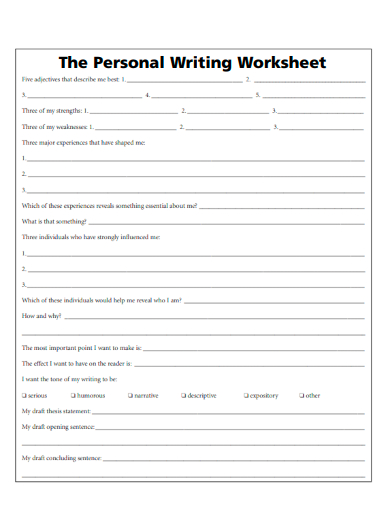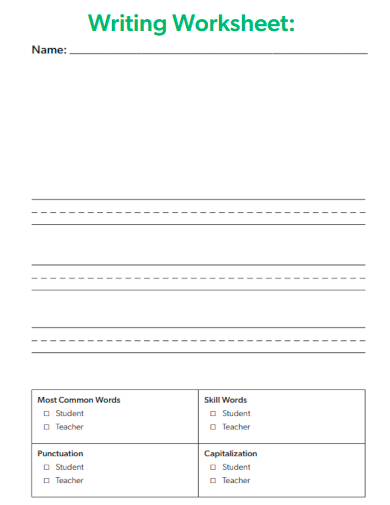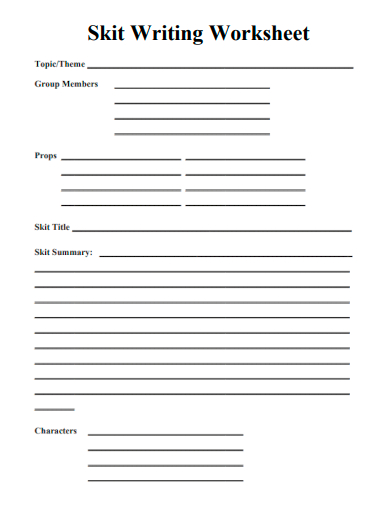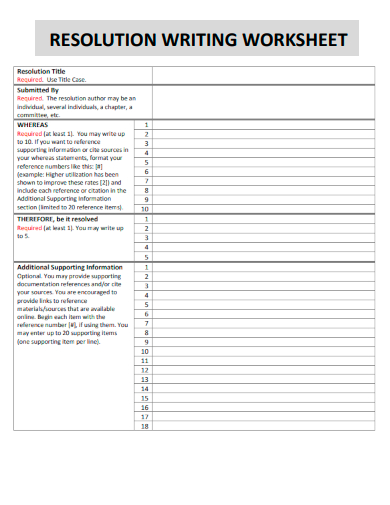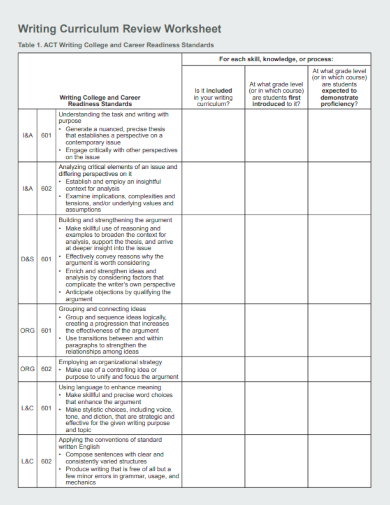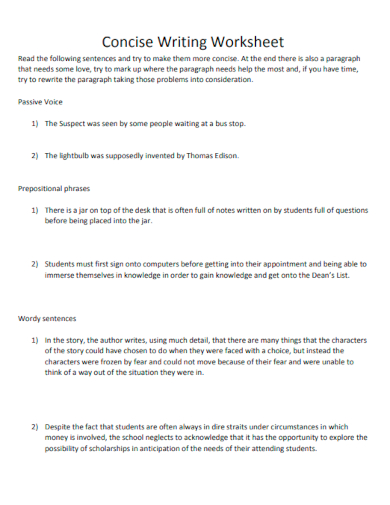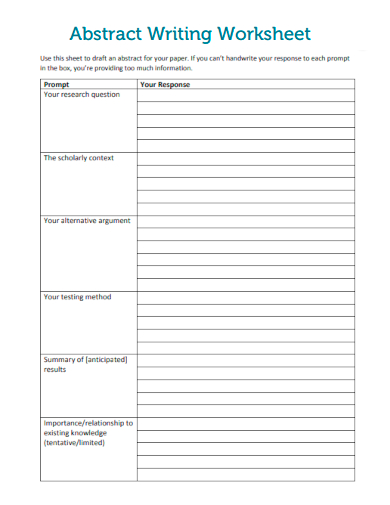Step into the world of organized creativity with our Sample Writing Worksheet Template. Designed with precision and an understanding of a writer’s journey, this template serves as the perfect canvas for all your ideas, thoughts, and narratives. Whether you’re sketching out a new story, structuring an essay, or simply jotting down daily reflections, this worksheet is your trusted companion. Let’s turn those fleeting thoughts into lasting words.
1. Sample Kindergarten Writing Worksheet Template
2. Sample 1st Grade Writing Worksheet Template
3. Sample 2nd Writing Worksheet Template
4. Sample Grade 4 Writing Worksheet Template
5. Sample Grade 3 Narrative Writing Worksheet Template
6. Sample 5th Grade Writing Worksheet Template
7. Sample Handwriting Practice Worksheet Template
8. Sample Blank Writing Worksheet Template
9. Sample Paragraph Writing Worksheet Template
10. Sample High School Writing Worksheet Template
11. Sample English Writing Skills Worksheet Template
12. Sample Alphabet Writing Writing Worksheet Template
13. Sample Creative Writing Worksheet Template
14. Sample Sentence Writing Worksheet Template
What is a Writing Worksheet?
In the vast landscape of writing tools, the writing worksheet stands out as a beacon for both novices and seasoned writers alike. But what exactly is a writing worksheet, and why is it considered so invaluable in the literary world?
A writing worksheet, at its core, is a structured document or guide designed to help writers organize their thoughts, plan their content, and improve their writing skills. Think of it as a roadmap for writers – it provides direction, offers milestones, and ensures that the writer remains on the right track.
Key Components of a Writing Worksheet:
Prompts & Topics: Most worksheets start with writing prompts or topics. These are questions or statements meant to spark creativity and provide a starting point for the writer. For someone grappling with writer’s block, these prompts can be the nudge they need to get the words flowing.
Structural Guides: For those working on longer pieces or specific formats, such as essays or reports, the worksheet may offer a breakdown of how to structure their content. This can include introductions, body paragraphs, and conclusions, or more detailed breakdowns for complex pieces.
Character & Plot Development: For fiction writers, worksheets might have sections dedicated to character development, plot outlines, setting descriptions, and more. These tools can be invaluable when trying to weave together a compelling narrative.
Vocabulary Enhancers: Some worksheets come equipped with sections dedicated to improving vocabulary or suggesting synonyms for commonly used words. This aids in making the prose more vibrant and varied.
Grammar and Style Tips: Even the most seasoned writers need occasional reminders about grammar rules or stylistic choices. A good worksheet might offer tips or exercises to sharpen these skills.
Benefits of Using a Writing Worksheet:
Organization: One of the most evident benefits is the organization. With a clear structure in place, writers can systematically approach their work, making the writing process more efficient.
Consistency: When working on longer pieces or series, maintaining consistency in tone, character development, and plot can be challenging. Worksheets help track these elements, ensuring uniformity across the board.
Skill Development: Over time, using worksheets can significantly improve a writer’s skill set. By repeatedly practicing and refining one’s craft within a structured framework, the learning curve becomes steeper.
Confidence Boost: For budding writers, the blank page can be intimidating. Worksheets offer a starting point, making the process seem less daunting and boosting confidence.
In conclusion, a writing worksheet is much more than just a piece of paper or a digital document. It’s a catalyst for creativity, a mentor for improving skills, and a companion in a writer’s solitary journey. Whether you’re just starting out or have been writing for years, incorporating writing worksheets into your routine can pave the way for clearer, more compelling prose.
15. Sample Cursive Writing Worksheet Template
16. Sample Letter Writing Worksheet Template
17. Sample 7th Grade Writing Worksheet Template
18. Sample Beginner Writing Worksheet Template
19. Sample Numbers Writing Worksheet Template
20. Sample Writing Grammar Worksheet Template
21. Sample Reading Comprehension Worksheet Writing Template
22. Sample Name Writing Worksheet Template
23. Sample Cutline Writing Worksheet Template
24. Sample Personal Writing Worksheet Template
25. Sample Writing Editable Worksheet Template
26. Sample Resume Writing Worksheet Template
27. Sample Skit Writing Worksheet Template
28. Sample Resolution Writing Worksheet Template
29. Sample Writing Curriculum Review Worksheet Template
30. Sample Concise Writing Worksheet Template
31. Sample Abstract Writing Worksheet Template
How to Create a Worksheet Template
Crafting a worksheet template is an essential skill, especially for educators, trainers, or anyone looking to present information in a digestible format. A well-designed worksheet not only organizes information but also enhances the learning experience by breaking down complex concepts into manageable sections. Here’s a step-by-step guide to creating an effective worksheet template:
Determine Your Purpose:
Before diving into design, ascertain the primary goal of your worksheet. Is it for educational purposes, planning, brainstorming, or tracking? Defining this will help guide the structure and content.
Select a Platform:
There are various platforms and software options available, such as Microsoft Word, Google Docs, Excel for tabulated data, or specialized design software like Adobe InDesign. Choose one that you’re comfortable with and suits your worksheet’s needs.
Layout Design:
Start with a clear header, featuring the worksheet’s title and, if necessary, space for the user’s name and date. Determine if you want a portrait or landscape orientation based on the type of content you’re including.
Columns and Rows: Use tables if you need to present data or if you want organized spaces for answers.
Boxes and Lines: For open-ended questions or spaces for sketches, integrate larger boxes or lines.
Margins: Ensure you have enough space around the edges for users to make notes or for binding if required.
Incorporate Visual Elements:
Graphics, icons, and color coding can enhance understanding and retention. But ensure they add value and don’t clutter or overcomplicate the worksheet.
Provide Clear Instructions:
Each section of your worksheet should have concise directions. This ensures that the user knows exactly what to do and how to do it. If the worksheet is educational, consider adding examples.
Interactive Features (for Digital Worksheets):
If your worksheet is digital, consider adding interactive elements like dropdown menus, checkboxes, or fillable fields. Tools like Adobe Acrobat or Google Forms can assist in creating these features.
Feedback or Reflection Section:
Especially for educational or training worksheets, include a section for feedback or reflections. This can provide insights into the user’s understanding and allows space for self-assessment.
Proofread and Test:
It’s vital to proofread your worksheet for any typos or clarity issues. Once you’re satisfied, test it. If it’s educational, try it out on a small group first to gather feedback and make any necessary adjustments.
Save and Reuse:
Once you’ve created your worksheet, save it as a template. This allows you to reuse the structure for different topics or purposes, saving time in the long run.
Share and Distribute:
Depending on your audience, you can print the worksheet, share it digitally, or integrate it into presentation platforms for webinars or online classes.
In conclusion, creating a worksheet template is a blend of design, clarity, and functionality. By focusing on the user’s experience and the primary goal of the worksheet, you can craft a resource that’s not only informative but also engaging. As you get feedback and become more experienced, you’ll find that your worksheet design skills will continuously evolve and improve.
Related Posts
FREE 20+ Goal Setting Worksheet Samples in MS Word | Google Docs | Pages | Excel | Google Sheets | Numbers | PPT | PDF
FREE 30+ Cost Worksheet Samples in Google Docs | Google Sheets | MS Excel | MS Word | Apple Numbers | Apple Pages | PDF
FREE 50+ Assessment Worksheet Samples in PDF | MS Word
FREE 25+ Campaign Worksheet Samples in PDF
FREE 50+ Application Worksheet Samples in PDF | MS Word
FREE 10+ Distribution Worksheet Samples in PDF
FREE 10+ Family Worksheet Samples in PDF
FREE 10+ Personal Worksheet Samples in PDF
FREE 7+ Depreciation Worksheet Samples & Templates in PDF | MS Word
FREE 10+ Typing Worksheets Samples in PDF | DOC
FREE 10+ Maths Worksheets Samples in PDF | DOC
FREE 10+ 4th grade Worksheets Samples in PDF
FREE 10+ Weekly Budget Worksheet Samples in MS Word | MS Excel | Google Docs | Google Sheets | PDF
FREE 10+ Expense Worksheet Samples in PDF
FREE 10+ Investment Worksheet Samples in PDF

